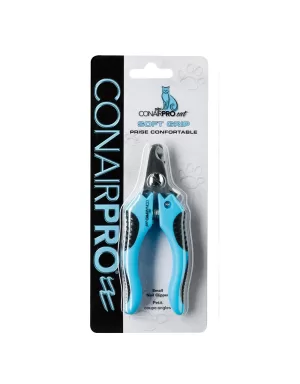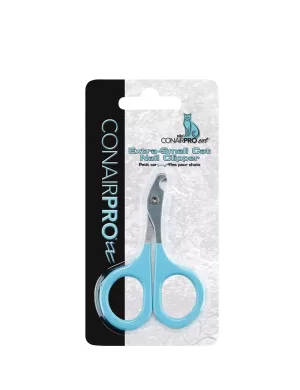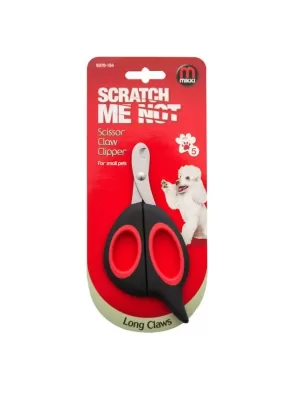Cats are wonderful companions, but their sharp claws can sometimes lead to scratched furniture and unintentional scratches on you. To prevent these issues and keep your furry friend comfortable, regular nail trimming is a must.
Don’t worry – with the right tools and a gentle approach, it’s a task you can easily master. In this, we’ll walk you through everything you need to know about cat nail clippers.
Why Trim Your Cat’s Nails?
Cats’ nails can become quite sharp and long if left unattended. Regular nail trimming offers several benefits:
Protects Furniture and Skin: Trimming your cat’s nails prevents accidental scratches on furniture and reduces the chances of getting scratched yourself during playtime.
Prevents Overgrowth: Long nails can curl back into your cat’s paw pads, leading to discomfort and potential infection.
Promotes Healthy Walking: Overgrown nails can alter your cat’s gait, causing discomfort and potentially leading to joint issues.
Choosing the Right Nail Clippers
There are different types of nail clippers available, but the two main ones are:
Scissor Clippers: These resemble regular scissors and are suitable for small to medium-sized cats. They’re easy to control and offer good visibility.
Guillotine Clippers: These have a small hole where you insert the nail. As you squeeze the handle, a blade slides across, trimming the nail. These are best for small to medium-sized cats as well.
-
 Conair Cat Nail Clippers SmallAED 45.00
Conair Cat Nail Clippers SmallAED 45.00 -
 Conair Cat Nail Clippers Extra SmallAED 36.00
Conair Cat Nail Clippers Extra SmallAED 36.00 -
 MIKKI SCISSOR CLAW CLIPPER FOR SMALL PETS NEWAED 44.00
MIKKI SCISSOR CLAW CLIPPER FOR SMALL PETS NEWAED 44.00
Gathering Supplies
Before you start, gather the following:
Cat Nail Clippers: Choose a type that you’re comfortable using.
Styptic Powder or Cornstarch: Just in case you accidentally cut too close to the quick (the pink part inside the nail that contains blood vessels).
Treats: Having some treats nearby can make the experience more pleasant for your cat.
Step-by-Step Guide
Choose a Calm Time: Pick a moment when your cat is relaxed, perhaps after a meal or a play session.
Familiarize Your Cat: Let your cat get used to the sight and feel of the clippers before you start. Gently touch their paws and nails.
Hold Your Cat Comfortably: Hold your cat securely but gently. If needed, wrap them in a towel with only one paw exposed.
Inspect the Nails: Identify the translucent area (the quick) to avoid cutting too close. Trim only the pointed tip of the nail.
Trim Carefully: Hold the clippers at a right angle to the nail and make a quick, clean cut. If you’re unsure, it’s better to trim less rather than risk cutting the quick.
Reward Your Cat: After each successful trim, offer your cat a treat and praise to create positive associations.
Final Tips
Gradually introduce nail trimming to your cat to reduce anxiety.
If you’re uncomfortable trimming nails yourself, consult a veterinarian or professional groomer.
Regular nail trimming is usually needed every 2-4 weeks, but it depends on your cat’s activity level.
By following these steps and using patience and care, you’ll master the art of cat nail clipping in no time. Remember, it’s a task that contributes to your cat’s overall well-being and your harmonious coexistence.







